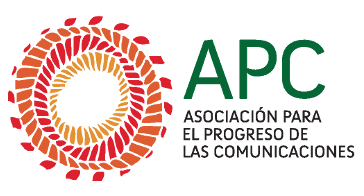Publicado el
Actualizado por última vez en
Erika Smith, from APC’s women’s programme, blogged live from the Gender Evaluation Methodology (GEM) global trainers exchange, held in Kuala Lumpur, Malaysia, from 23-27 July 2007.
Sana Gul from the PAN Localization project (http://www.panl10n.net/english/index.htm) skipped a tea break to talk about how localisation is so NOT gender neutral. Localisation is one of the adaptation areas for GEM. ICT and gender advocates have come together here in Kuala Lumpur to start a process of finetuning GEM for specific types of ICT for development initiatives. Localisation entails translating and customising a software so that a specific local community can use it. It’s not limited to the IT world and can be applied to any product or service, but in this case we’re talking about software adaptation and translation, including keyboard layout, date display, interface translation or adaptation from text-based to voice-based, etc.
Sana is quick to point out that localisation is not limited to the applications set being adapted, but that it is part of an entire process – in the case of the PAN Localization initiative it has meant selecting and forming teams in 8 countries, working in 10 languages – long before choosing applications, or the end-user stage which includes training, technical support and manuals, all relevant to the local setting.
The project’s entire concept of when and where gender should be taken into consideration was transformed by the recent GEM workshop the team had in May, said Sana. It’s easy to note that when we test with end-users, we need to make sure that there are men and women, she observed. Their localisation team chose what they thought was the most appropriate applications set, and planned to test it amongst boys and girls in Pakistan. Already they’d anticipated testing it in boys schools and girls schools, because in rural areas in Pakistan especially, girls and boys don’t go to school together.
The use of GEM made them think about a myriad of other factors. There were assumptions in the software to be localised. It could be that the basic internet package including email and chat would not be permitted in the girls’ school, as it could be seen as a way of encouraging communication with boys. Parental buy-in suddenly became a concern, and is being incorporated in the planning stage. Originally a train-the-trainers of teachers was planned. One teacher could not be trained to go back to the schools to replicate training, necessarily there must be a male teacher and a female teacher from each village. Would female teachers be able to come to an intensive training with male teachers, away from their areas?
If gender had been a consideration at the stage of applications selection, would these tools have even been chosen?


